A Quieter Environment for Marine Life: Europe Takes Action to Reduce Noise Pollution in the Ocean
In March of 2024, the European Commission took a big step toward reducing noise pollution in the ocean by establishing the first mandatory cap on underwater noise stemming from human activities when at sea. This new cap requires all 27 European Member states to incorporate a noise threshold in their national legislation.
Organisations such as IFAW, the International Fund for Animal Welfare, regard this as a victory after years of advocating for better regulation regarding oceanic noise pollution and the protection of marine life.
The Impact of Noise Pollution on Marine Life
(Image courtesy of IFAW)
The primary generators of underwater noise pollution are commercial shipping, naval sonar training, construction, and offshore oil and gas activities. Many species of marine life depend on their auditory senses for things such as communication, hunting, and navigation, and disruptive activities such as these pose a severe threat. Excessive noise generated is a disturbance to the natural behaviors of these species, which can lead to both psychological or physical distress, and in some cases death.
A notable instance of the impact of this pollution is the decrease over the years in the distance over which blue whales can communicate with one another. It was once 1,600 kilometers and is now at around 160 kilometers. This ten fold reduction in distance is a huge difference for a species to experience in a relatively short period of time.
"Underwater noise pollution is a little known but growing threat to the health and lives of whales, dolphins and many other marine species. IFAW is calling for immediate action to turn down the noise and the implementation of Blue Speeds for commercial ships in European waters offers an immediate and straightforward solution,"
~ Ilaria Di Silvestre, Head of EU Policy & Campaigns at IFAW.
Understanding the New Noise Thresholds
Noise thresholds were initially only recommendations to EU Member States, but this new decision by the European Commission has made them mandatory, requiring each Member State to adjust its legislation accordingly.
In November 2022, a group of underwater noise experts settled on continuous and impulsive noise thresholds that are not to be exceeded. The new thresholds aim to ensure that marine life remains safe and healthy, and are as follows:
Continuous noise: No more than 20% of a marine area can be exposed to continuous underwater noise over one year.
Impulsive noise: No more than 20% of a marine habitat can be exposed to impulsive noise over one day, and no more than 10% over one year.
Implementing the New Noise Thresholds
The establishment of these mandatory caps are a significant step in the right direction, though the European Commission has not yet clarified how Member States should go about actually implementing them into legislation.
IFAW has proposed a solution to this lack of clarity with the Blue Speeds campaign. This campaign focuses on the reduction of ship speeds and recommends a threshold of 75% of the ship's maximum design speed. This would essentially be a reduction in speed of 5-10%, given the type of ship. This proposal was put forth as a first step into offering achievable methods of implementing the new thresholds by the European Commission.
Studies show that the implementation of Blue Speeds could result in:
25% reduction in noise pollution in EU oceans,
23% decrease in whale-ship collisions,
8% decrease in fuel consumption, CO2 emissions, and air pollution due to shipping.
This decision by the European Commission is a pivotal moment in marine life conservation. Moving forward with clear guidance and practical solutions will ensure that we are on the path to creating a safer and healthier marine environment. New materials like SoundBounce, a smart acoustic material designed for low-frequency noise reduction, are another strategy that can be utilised to combat these noise-related issues.


